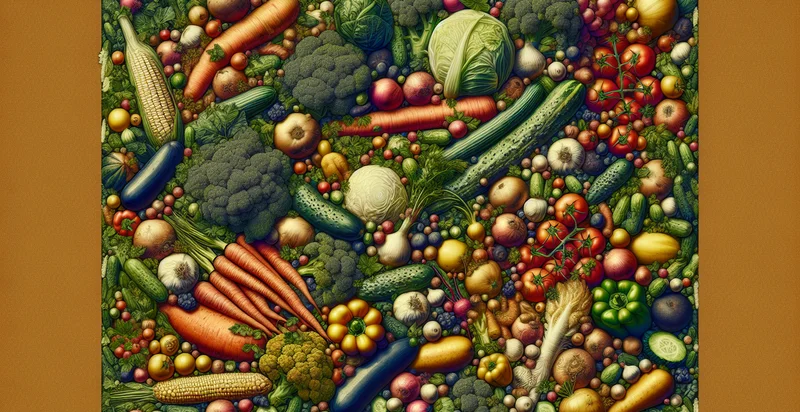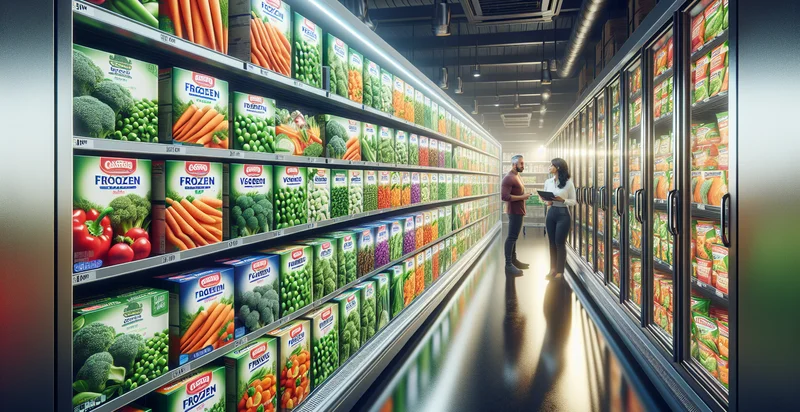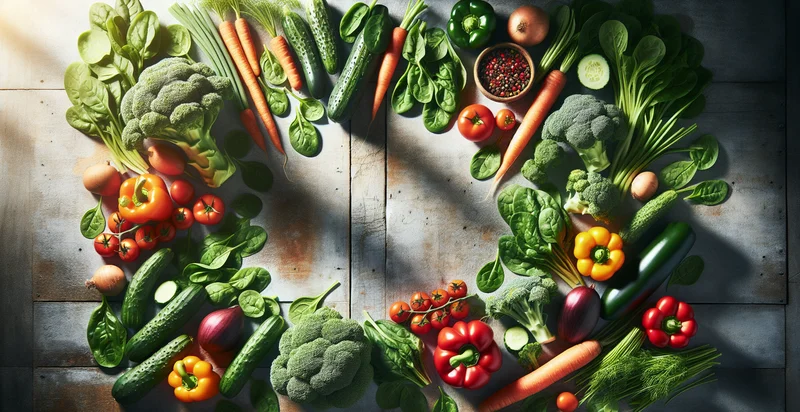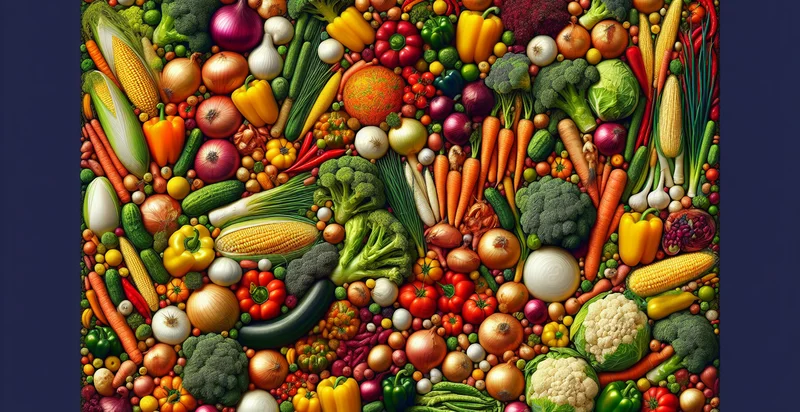Identify if there is a vegetable
using AI
Below is a free classifier to identify if there is a vegetable. Just upload your image, and our AI will predict if there is a vegetable - in just seconds.

Contact us for API access
Or, use Nyckel to build highly-accurate custom classifiers in just minutes. No PhD required.
Get started
import nyckel
credentials = nyckel.Credentials("YOUR_CLIENT_ID", "YOUR_CLIENT_SECRET")
nyckel.invoke("if-there-is-a-vegetable", "your_image_url", credentials)
fetch('https://www.nyckel.com/v1/functions/if-there-is-a-vegetable/invoke', {
method: 'POST',
headers: {
'Authorization': 'Bearer ' + 'YOUR_BEARER_TOKEN',
'Content-Type': 'application/json',
},
body: JSON.stringify(
{"data": "your_image_url"}
)
})
.then(response => response.json())
.then(data => console.log(data));
curl -X POST \
-H "Content-Type: application/json" \
-H "Authorization: Bearer YOUR_BEARER_TOKEN" \
-d '{"data": "your_image_url"}' \
https://www.nyckel.com/v1/functions/if-there-is-a-vegetable/invoke
How this classifier works
To start, upload your image. Our AI tool will then predict if there is a vegetable.
This pretrained image model uses a Nyckel-created dataset and has 2 labels, including Contains Vegetables and Does Not Contain Vegetables.
We'll also show a confidence score (the higher the number, the more confident the AI model is around if there is a vegetable).
Whether you're just curious or building if there is a vegetable detection into your application, we hope our classifier proves helpful.
Related Classifiers
Need to identify if there is a vegetable at scale?
Get API or Zapier access to this classifier for free. It's perfect for:
- Smart Grocery Inventory Management: Retailers can use the vegetable identifier to automate inventory tracking by recognizing vegetables on shelves. This ensures optimal stock levels, reduces waste, and improves restocking efficiency.
- Nutritional Tracking App: Mobile applications focused on health can integrate the vegetable identifier to help users track their vegetable intake. By scanning meals, users receive insights into their nutrition, supporting healthier eating habits.
- Automated Food Delivery Services: Food delivery platforms can incorporate the identifier to curate healthier meal options. By identifying vegetables in meals, they can provide personalized recommendations based on users’ dietary preferences.
- Agricultural Monitoring Systems: Farmers can utilize the vegetable identifier in drone or mobile applications to monitor crop health. By analyzing images of their fields, they can quickly identify and manage vegetable growth, ultimately boosting yield.
- Recipe Recommendation Engines: Cooking websites or apps can leverage the identifier to suggest recipes based on the vegetables available in a user’s pantry. This enhances user engagement by making meal preparation easier and reducing food waste.
- Food Waste Reduction Programs: Non-profits and government initiatives can use the identifier to target food waste by identifying surplus vegetables. Programs can then facilitate donations or redistribution, connecting food sources with communities in need.
- Enhanced Food Education: Schools can implement educational tools that use the vegetable identifier to engage students in learning about nutrition. By analyzing images of their meals, kids can gain a better understanding of healthy eating and the importance of vegetables.


